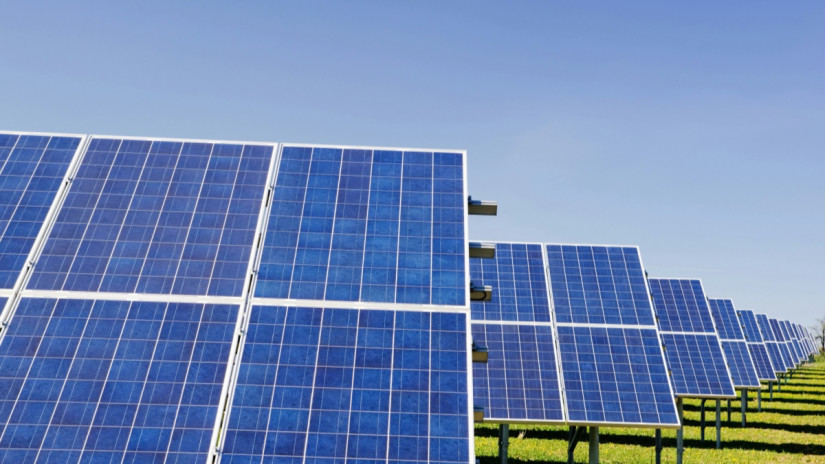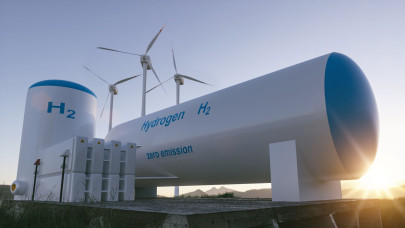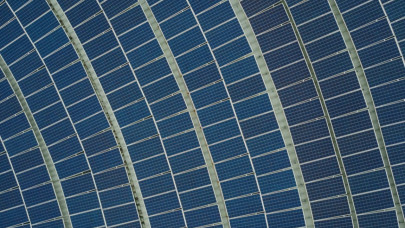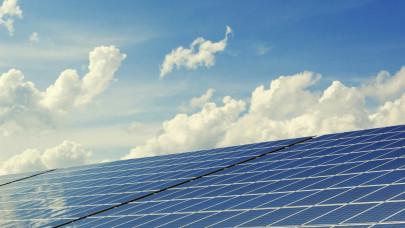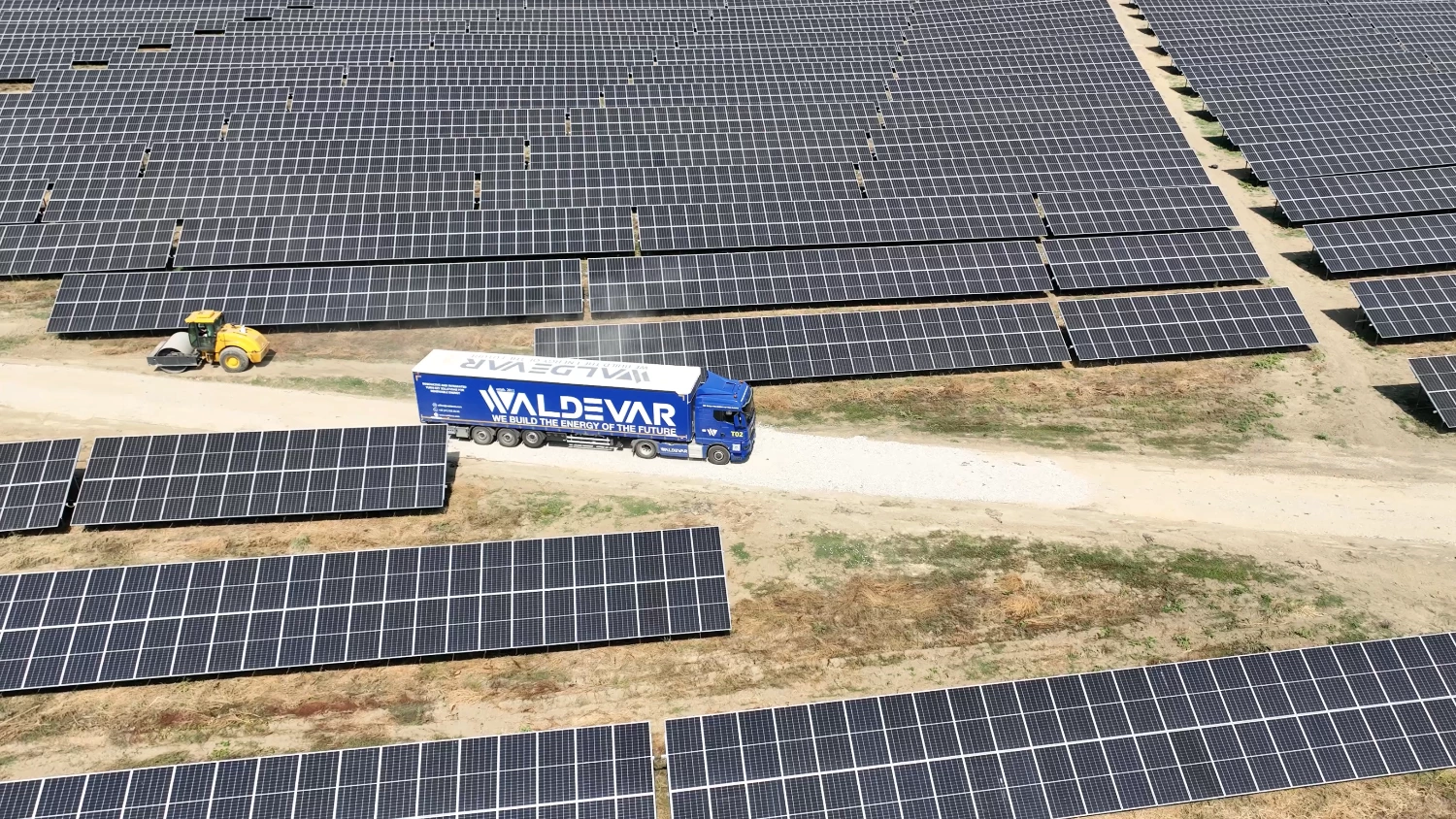During the first seven months of 2024, utility-scale solar output in the five largest solar-producing countries in Central/Eastern Europe—Austria, Bulgaria, Hungary, Romania, and Poland—rose by 55% compared to the same period in 2023.
This growth rate is more than double the average for Europe and significantly surpasses the increases recorded by the top solar producers in Western, Southern, and Northern Europe over the same timeframe.
Since 2019, these top five Central and Eastern European countries have also led the way in expanding solar generation capacity, positioning the region for continued growth in one of Europe's most industrialized areas.
Poland and Hungary are the primary drivers of this utility-scale solar expansion. In the first seven months of 2024, Poland generated 11.3 terawatt-hours (TWh) of solar-powered electricity, while Hungary produced 5.8 TWh. These figures represent year-on-year increases of 33.3% and 47.7%, respectively, making them among the fastest-growing in Europe.
In absolute terms, the solar output of these five Central and Eastern European countries is also impressive. Collectively, they have generated just 10% less solar electricity this year than the top five solar producers in Western Europe—Belgium, France, Germany, the Netherlands, and Switzerland.
This achievement highlights how competitive solar energy has become in Central and Eastern Europe, enabling these nations to keep pace with wealthier Western European economies.

